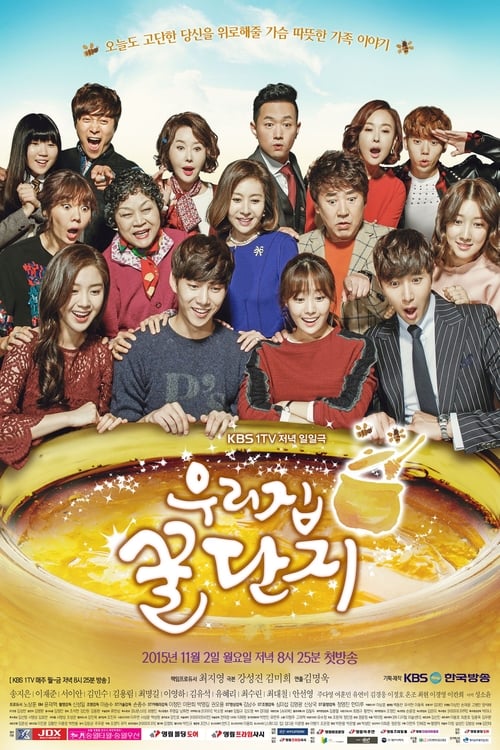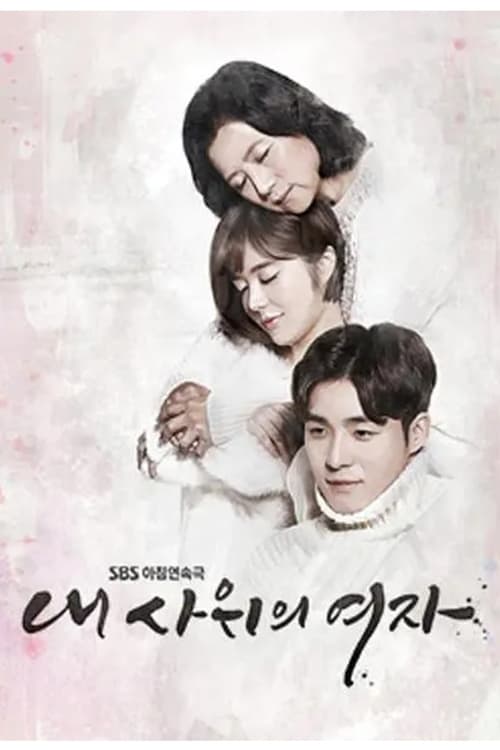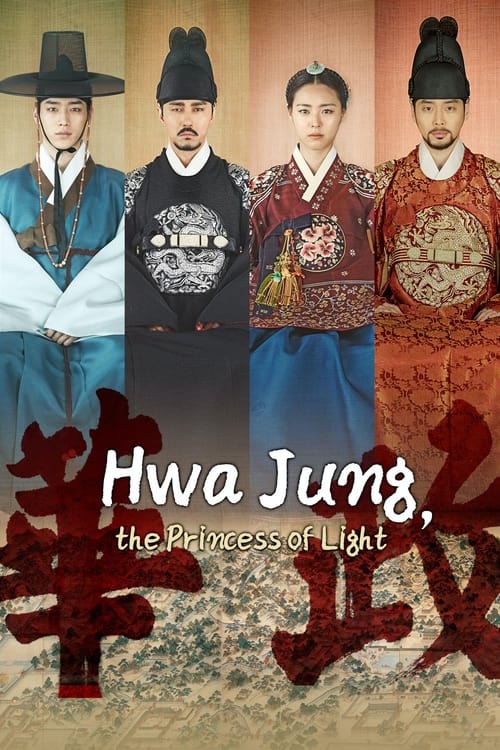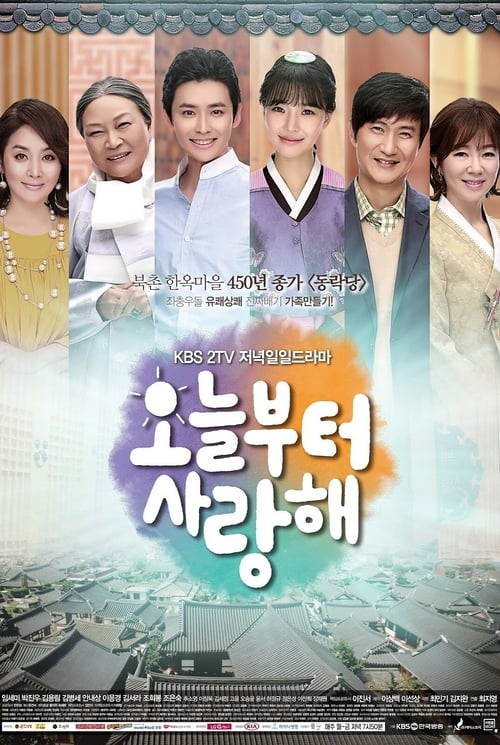
Ask Your Own Question
What is the plot?
In the opening scenes of "High Society," we are introduced to the glamorous world of the elite in New York City. The story centers around a group of wealthy socialites, including the ambitious and determined socialite, "Tinsley Mortimer," who is trying to navigate her way through the complexities of high society. Tinsley is seen preparing for a charity event, showcasing her desire to maintain her status and reputation among her peers. Her internal struggle is evident as she grapples with her past relationships and the expectations placed upon her by society.
As the charity event unfolds, Tinsley encounters her former friend, "Dylan Lauren," who is now a successful businesswoman. Their reunion is tense, filled with unspoken history and rivalry. Tinsley feels a mix of jealousy and admiration for Dylan's accomplishments, which drives her to push herself even harder to prove her worth. The event serves as a backdrop for the introduction of other key characters, including "Jill Zarin," a veteran of the social scene, who offers her own brand of wisdom and advice to the younger women.
Tinsley's relationship with her boyfriend, "Scott," is also explored. Scott is supportive but often feels the pressure of Tinsley's high-society lifestyle. Their conversations reveal Tinsley's desire for stability and love, but also her fear of being judged by her peers. This tension builds as Tinsley struggles to balance her personal life with her social ambitions.
As the story progresses, Tinsley faces a significant setback when she learns that her ex-husband is planning to marry someone else. This news sends her into a spiral of emotions, leading her to question her self-worth and her place in the social hierarchy. In a moment of vulnerability, she confides in her friends, revealing her insecurities and fears about being alone. This scene highlights her internal conflict and the pressure she feels to maintain her status.
Meanwhile, Dylan is also dealing with her own challenges, including the pressures of running her business and maintaining her social standing. She faces criticism from her peers, which adds to her stress. The rivalry between Tinsley and Dylan intensifies as they both vie for the same social circles and opportunities, leading to confrontations that reveal their deep-seated issues with each other.
A pivotal moment occurs when Tinsley decides to confront Dylan about their past. This confrontation takes place at a lavish dinner party, where tensions run high. Tinsley expresses her feelings of betrayal and jealousy, while Dylan counters with her own grievances. The argument escalates, drawing the attention of other guests and leading to a dramatic fallout that leaves both women reeling.
As the season progresses, Tinsley begins to reevaluate her priorities. She starts to focus more on her personal happiness rather than solely on her social status. This shift is marked by her decision to take a step back from the high-society events that once consumed her life. She seeks solace in her relationship with Scott, who encourages her to pursue her passions outside of the social scene.
In the climax of the story, Tinsley faces a major decision regarding her future. She is presented with an opportunity to move to a new city for a job that aligns with her interests. This decision forces her to weigh her desire for personal fulfillment against her commitment to her social circle in New York. After much contemplation, Tinsley ultimately chooses to prioritize her happiness, signaling a significant transformation in her character.
The series concludes with Tinsley embracing her new path, surrounded by supportive friends who have witnessed her growth. The final scenes depict her attending a farewell party, where she reflects on her journey and the lessons learned along the way. The emotional weight of her decision is palpable, as she bids farewell to the life she once knew, ready to embrace the future with newfound confidence and clarity.
What is the ending?
In the ending of the TV show "High Society," the characters face the consequences of their actions and relationships. The season culminates in a dramatic confrontation at a charity event, where secrets are revealed, and friendships are tested. Ultimately, the characters must decide what they value most: their social status or their personal connections.
As the final episode unfolds, the scene opens at a lavish charity gala, the epitome of high society glamour. The venue is adorned with sparkling chandeliers and elegant floral arrangements, setting the stage for the evening's events. The camera pans across the crowd, capturing the laughter and chatter of the elite, but there is an undercurrent of tension as the main characters arrive.
First, we see the protagonist, a young socialite named Tessa, dressed in a stunning gown that reflects her desire to impress. However, her internal struggle is palpable; she grapples with the weight of her family's expectations and her own aspirations. As she mingles with the guests, her eyes dart around, searching for her friends and allies.
Next, we shift to Tessa's best friend, the ambitious and fiercely competitive socialite, who is determined to outshine everyone at the gala. Her motivations are clear: she wants to secure her place at the top of the social ladder, but this drive often leads her to make questionable choices. As she interacts with other guests, her facade of confidence begins to crack, revealing her insecurities.
The tension escalates when a shocking revelation comes to light. A scandal involving a prominent figure in their social circle is exposed, and the atmosphere shifts from celebratory to confrontational. Tessa's friend is at the center of the drama, and the fallout threatens to unravel the carefully constructed lives of everyone involved. The camera captures the gasps and whispers of the crowd, emphasizing the gravity of the situation.
As the night progresses, Tessa confronts her friend about her actions, leading to an emotional confrontation. The dialogue is charged with raw emotion, as Tessa expresses her disappointment and hurt. Her friend, defensive and angry, struggles to justify her choices, revealing the deep-seated fears that drive her ambition. This pivotal moment highlights the fragility of their friendship and the cost of their social aspirations.
In the climax of the episode, the characters are forced to confront their true selves. Tessa, realizing that the superficiality of high society is not what she truly desires, makes a bold decision to step away from the social scene. Her friend, faced with the potential loss of their friendship, is left to reflect on her own choices and the emptiness of her pursuits.
The final scenes depict Tessa walking away from the gala, her expression a mix of relief and determination. She embraces the uncertainty of her future, symbolizing a break from the constraints of high society. Meanwhile, her friend is left behind, grappling with the consequences of her actions and the realization that her quest for status may have cost her the most important relationship in her life.
As the credits roll, the audience is left with a sense of closure for Tessa, who chooses authenticity over societal expectations, while her friend remains trapped in the very world she sought to dominate. The ending serves as a poignant reminder of the complexities of friendship, ambition, and the true meaning of success.
Is there a post-credit scene?
The TV show "High Society," produced in 2015, does not feature a post-credit scene. The series concludes its episodes without any additional content after the credits roll. Each episode wraps up its narrative arcs and character developments within the main storyline, leaving no lingering scenes or teasers for viewers to anticipate after the credits. The focus remains on the lives of the characters and their interactions throughout the episodes, providing a complete experience without the need for post-credit material.
What are the main conflicts between the characters in High Society?
The main conflicts in High Society revolve around the relationships and rivalries among the wealthy elite. Key tensions arise between characters like the ambitious socialite, who seeks to climb the social ladder, and her more established counterparts who feel threatened by her presence. Additionally, romantic entanglements create friction, particularly when love interests are shared or when loyalty is tested among friends.
How does the character of the ambitious socialite evolve throughout the series?
The ambitious socialite begins as a determined and somewhat naive character, eager to prove herself in the high-stakes world of the elite. As the series progresses, she faces numerous challenges that test her morals and friendships. Her journey is marked by moments of vulnerability, where she grapples with the consequences of her ambition, leading to a more complex and self-aware individual by the end.
What role does the setting play in the character dynamics of High Society?
The opulent settings of High Society, from lavish parties to exclusive clubs, serve as a backdrop that amplifies the characters' interactions and conflicts. These environments highlight the characters' wealth and status, but also create pressure-cooker situations where rivalries can boil over. The contrast between public appearances and private struggles is stark, revealing the true nature of relationships among the elite.
How do the friendships among the main characters change over the course of the series?
Friendships in High Society are often tested by jealousy, betrayal, and competition. Initially, the characters may appear to support one another, but as ambitions clash and secrets are revealed, alliances shift dramatically. Key friendships may fracture, leading to dramatic confrontations, while some characters find unexpected solidarity in their shared struggles, ultimately reshaping their social circles.
What are the significant turning points for the main character in High Society?
Significant turning points for the main character include moments of betrayal from friends, revelations about her own values, and critical decisions that impact her social standing. One pivotal moment occurs when she must choose between loyalty to a friend and her own ambitions, leading to a dramatic fallout that forces her to reevaluate her priorities and the true cost of her aspirations.
Is this family friendly?
"High Society," produced in 2015, is a reality television series that delves into the lives of affluent socialites in New York City. While it showcases the glamorous lifestyles of its characters, it also includes elements that may not be suitable for children or sensitive viewers.
Potentially objectionable or upsetting aspects include:
-
Materialism and Excess: The show often highlights extravagant spending and a focus on wealth, which may not convey positive values for younger audiences.
-
Conflict and Drama: There are numerous interpersonal conflicts, including arguments and confrontations among the characters, which can be intense and emotionally charged.
-
Relationship Issues: The series explores complicated romantic relationships, including infidelity and jealousy, which may be inappropriate for younger viewers.
-
Social Climbing and Manipulation: Themes of social status and manipulation are prevalent, showcasing characters who may engage in deceitful behavior to maintain or elevate their social standing.
-
Substance Use: There are instances of characters drinking alcohol, which may not be suitable for children or those sensitive to portrayals of substance use.
Overall, while "High Society" offers a glimpse into a lavish lifestyle, its themes and content may not be appropriate for all audiences, particularly children or those who are sensitive to drama and conflict.































